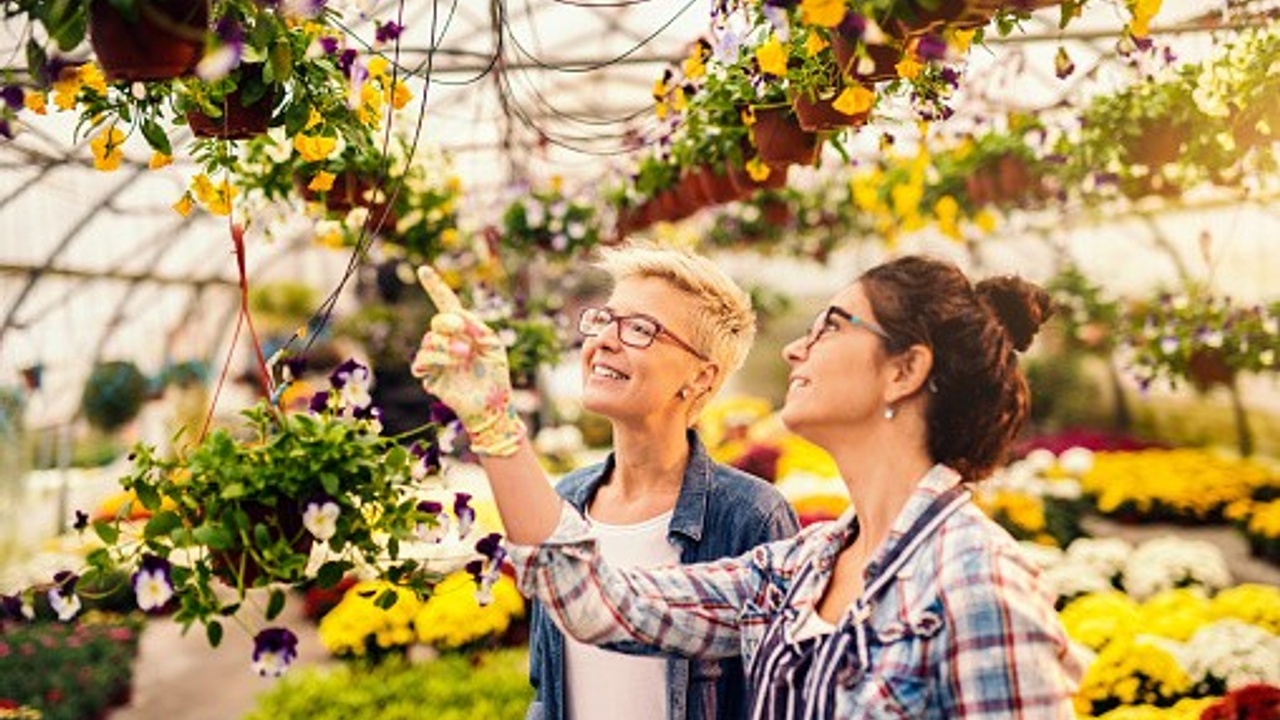The Ultimate Vegetable Planting Guide: How to Create a Thriving Garden

Growing your own vegetables at home is a great way to save money and get closer to nature. For example, one tomato plant can give you 10 pounds of tomatoes over the course of the season. A Local Gardener can buy plants or start tomatoes and other favorite vegetables or herbs from seeds. See our Seed-Starting Blog for those details!
You'll also find that the taste and texture of garden-grown food are usually better than that of food from the grocery store. Also, taking care of your vegetable garden is a form of exercise! Learn how to grow the best vegetable garden with a professional Garden Consultation.
Size Matters
Start small if you're a beginner. It's better to be happy with what you get out of a small garden than to be frustrated by managing a large one. Also, you should learn the basics of gardening before expecting a miraculous harvest. Every loss will be a lesson. Every experience will bring you to a set of new choices. Grow well, then grow big.
Location, Location, Location
Think about where you want to grow your plants. If you put your garden in the back of your yard, make sure you're willing to go check on it every day or so to see if any plants are wilting and need water, if there are any pests that are eating your plants, or if any of your crops are ready to pick. If you can move your vegetable garden closer to the house, it will be easier to pick fresh vegetables or herbs while you are cooking inside or on the grill outside.
Plan How Much Sun you Need
Vegetables, like all other plants, need the sun to start the process of photosynthesis. This process changes the energy from light into glucose, which plants then use to make things like cellulose and starch. The vegetables that grow the fastest need full sun, which means they need at least 6 to 8 hours of direct sunlight a day, with no trees, bushes, or fences in the way. So, you won't have much luck if you try to grow vegetables that like the sun in shady areas.
Give Them a Lot of Water
Using water wisely is the key to a successful garden, especially in warm, dry places. During the first few weeks after seeds sprout or seedlings are moved, plants stay strong by getting watered often. Once your plants are established, it's better to give your garden a long drink every few days than a little sprinkle every day.
Start Plants in Rich Soil
Your vegetable garden needs the best soil you can give it to give you the best harvest. You can tell when the soil is rich and healthy by how easy it is to dig and how well it drains. Most herbs and vegetables need to be fertilized at the time of planting, and every 6-9 weeks until they are done producing. Also, use other soil amendments such as: compost, wood ash, worm castings, peat moss, perlite, etc. Sow “cover crops before the winter months to nurture the soil in the off-season. If you aren't sure what kind of soil you have, you can send a sample to a state-approved soil-testing lab for help. Or call Edible Gardens Inc for hands-on support!

